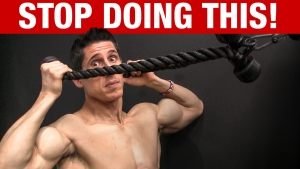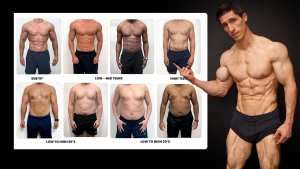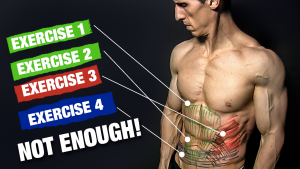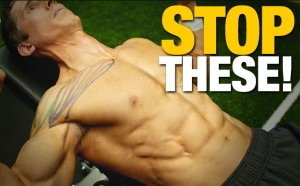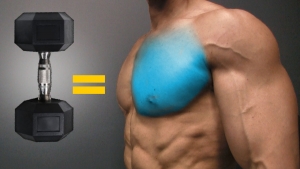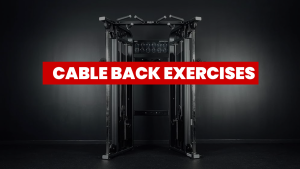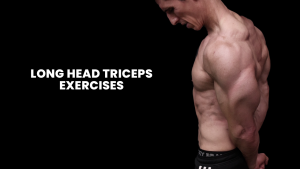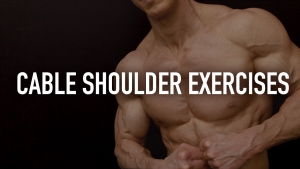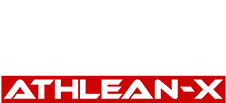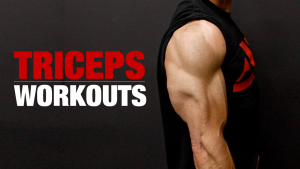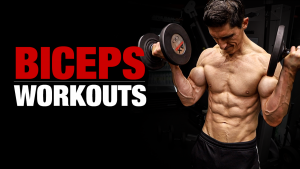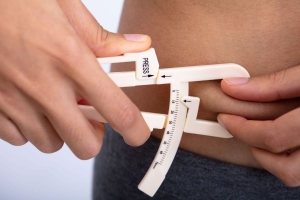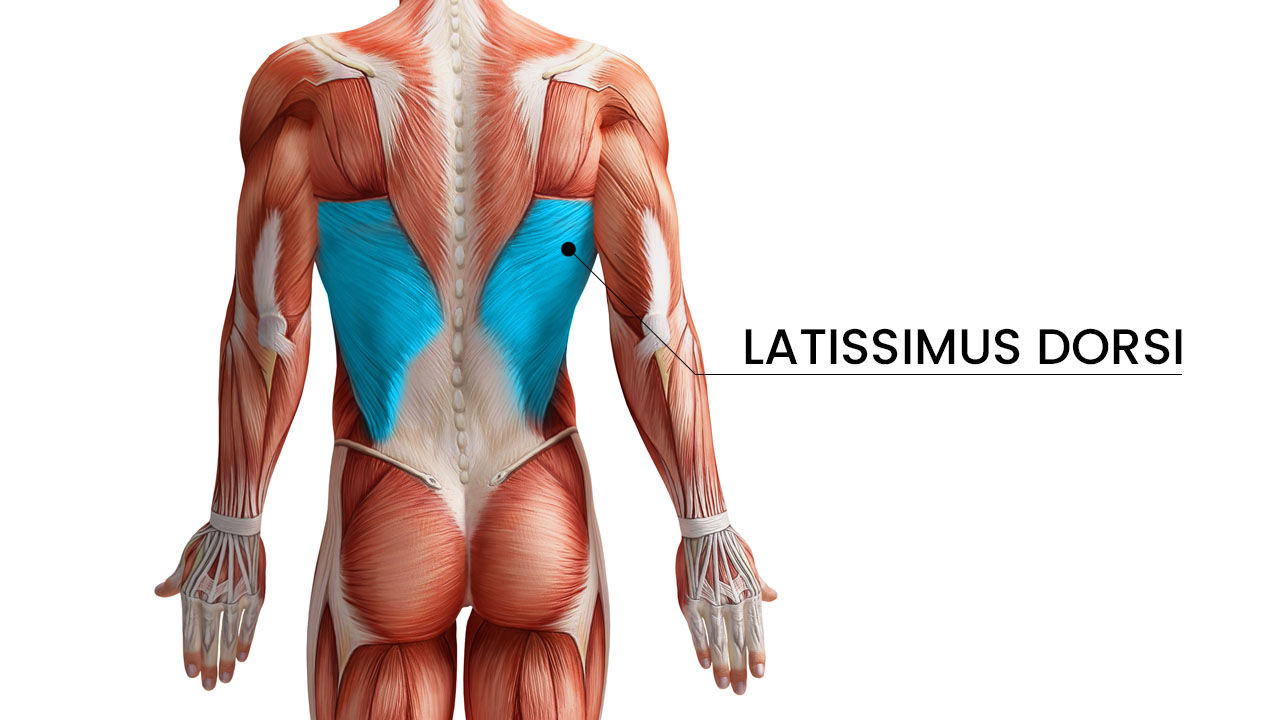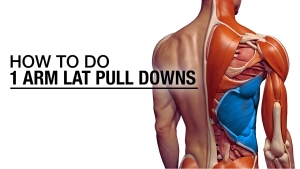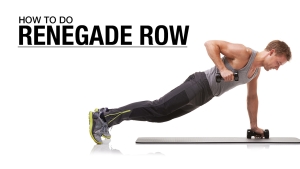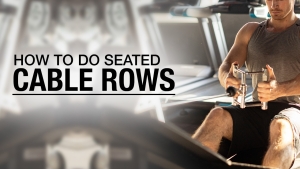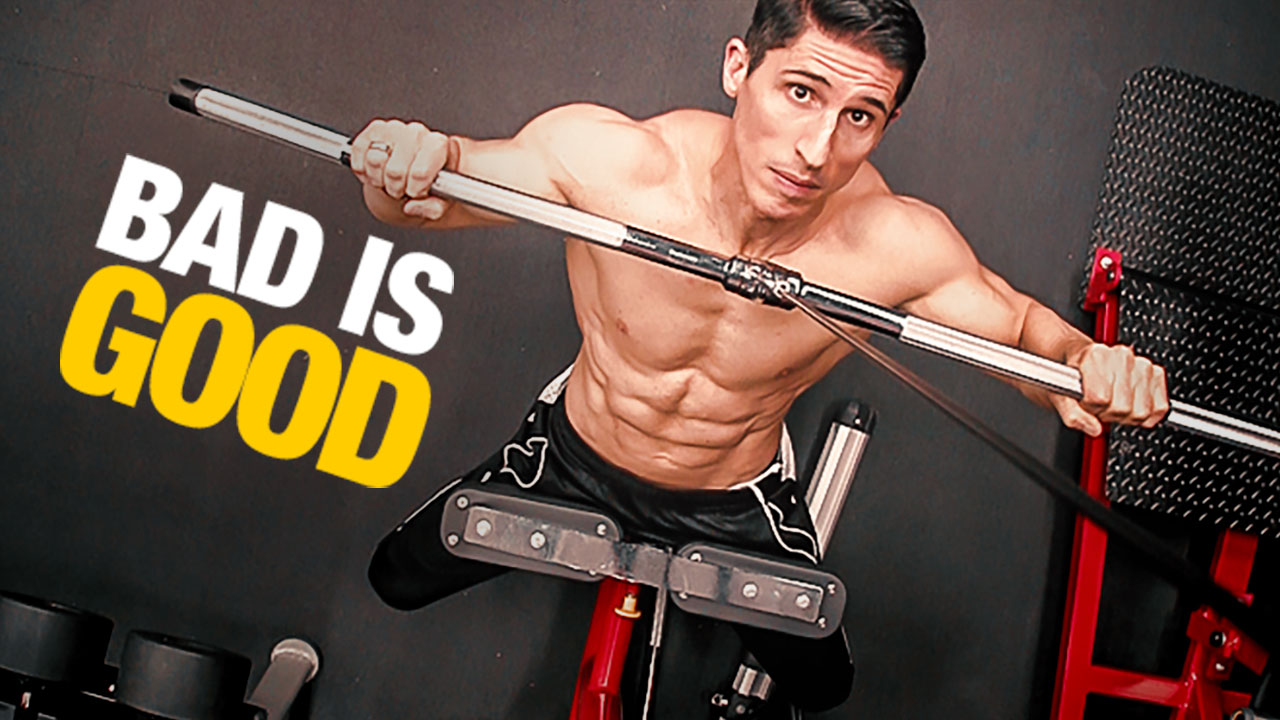
ARE YOU MAKING THESE LAT PULLDOWN MISTAKES?
The standard cable Lat Pulldown is easily one of the most popular and foundational exercises that you can include in your back workout program.
One of the reasons the pull-down exercise is so effective is that it allows for the versatility of a lot of different hand grips, bars, and placements on the bar to hit different areas of your back.
For example, you can perform the Classic Pulldown in a seated position or on the floor. You can use the standard Lat Pulldown machine, weight plates pulley rig, or you can use resistance bands. These are just a few examples and there are many more types of Lat Pulldown.
Unfortunately, like many popular exercises, the Lat Pulldown is often performed incorrectly.
Today, I want to take a look at the traditional Lat Pulldown exercise including how to do it, common Lat Pulldown mistakes, and the best Lat Pulldown variations.
THE ANATOMY AND FUNCTIONS OF THE LATS
In order to achieve the goal of development in the lat muscles, it’s time to understand their anatomy and function.
Being the largest of the back muscles, the lats are a power house of upper body strength.
By knowing how the lat muscles function, you’ll be able to perform the variation that works with that function, not against it. And this will help you achieve major muscle strength, muscle thickness, or balanced muscle growth, depending on your fitness goal.
LATISSIMUS DORSI (THE LATS)

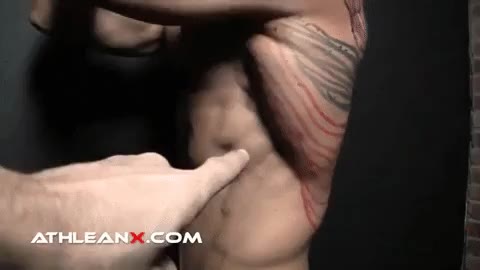
The latissimus dorsi muscle is the largest muscle in the upper body with an insertion point at the humerus and its origin point on the lats is located at four different locations: the iliac crest, lower spine (lumbar area), and both sides of the lower rib cage.
FUNCTION OF THE LATS
When you take a look at your lats, you’ll notice that they have an extensive sweep and are particularly important because of how they attach to your arm.

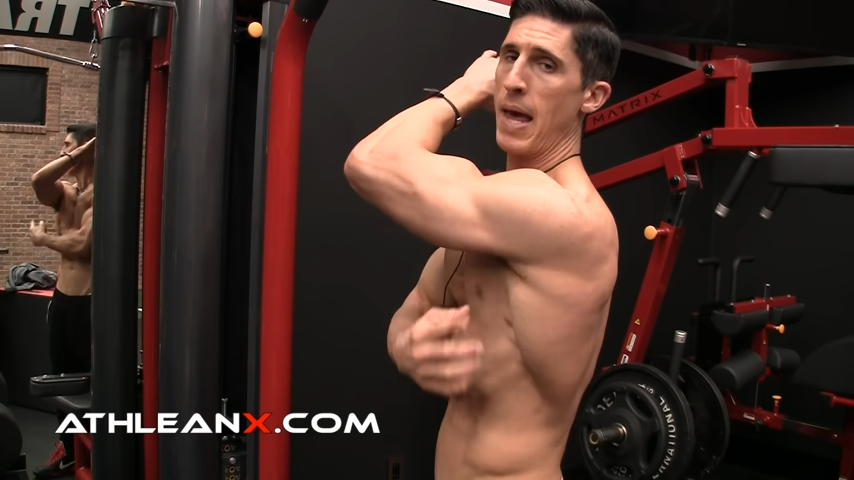
Where your lats begin and end plays a critical role in their function. The lats are responsible for the following functions:
- Extension
- Adduction
- Horizontal abduction
- Flexion (via an extended position)
- Internal rotation (shoulder joint)
So, what does this look like with practical examples? Given their size and responsibility, your lats ensure you’re able to pull your arms down, over and behind your head. They also retract the shoulder blades (squeezing them together), and they help with internal rotation and wider range of motion of the shoulder joint.
HOW TO DO A TRADITIONAL LAT PULLDOWN
Believe it or not, learning the correct form of the lat pull-downs exercise is not as straightforward as it might seem.
The reason is that depending on your fitness goals, you might use one hand grip more than the other.
In general, you’ll choose between the overhand grip pulldown and the underhand grip pulldown. You might be saying to yourself, “Wait, if you’re pulling down, is there really a difference?”
The answer is, “Absolutely!”
Based on what we now know about the function of the lat muscles, if your arm moves in front of your body, you’re going to get more of a stretch motion on the lat itself.
That’s a good thing to know because it makes a big difference when we’re talking about whether we want to use an underhand grip or an overhand grip.
An underhand grip will take your arms out, in front of your body, and it will provide that stretch on the lats.
This doesn’t mean that the underhand grip is superior to the overhand grip. It just means that you have to use it strategically based on which crucial muscles you want to target as well as what your fitness goals.
HOW TO DO A LAT PULLDOWN

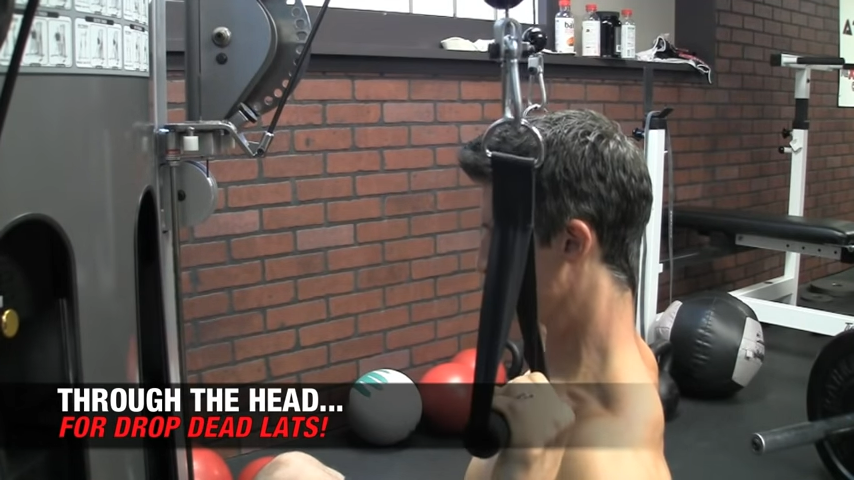
HOW TO DO A LAT PULLDOWN:
- Begin by setting up dual handle attachments on a cable pulley machine and setting the weight stack to a weight that will cause you to fatigue by the end of a 12 rep set.
- Sit on a flat bench and place your feet flat on the floor and use an overhand grip on the handles of the cable machine.
- If the target muscles you’re going after are the lats, you need to stay upright with body tall and a neutral spine and not lean back. That means you have to pull down next to your head. Pull them right in line with your ears and keep them right down the midline of your body.
- You can use either an overhand grip or underhand grip. I’d recommend alternating the grip from set to set.
- One cue to give yourself as you’re going down is “chest to bar,” even if you’re not using a bar. The idea is to bring the equipment down to chest level so that you are engaging the lats.
- Be sure to maintain core activation during this classic lat exercise.
WHAT MAKES IT EFFECTIVE: If your goal is specifically the development of the lat muscles, the cable pulley machine handles with adjustable resistance are the best way to go because you’ll be able to effectively contract the lats without the upper back taking over some of the work.
HOW TO TARGET THE UPPER BACK WITH A LAT PULLDOWN
HOW TO WORK YOUR UPPER BACK WITH THE LAT PULLDOWN:
- If you’re trying to work the upper and mid back, you can utilize the dual handle grips, rope, or Lat Pulldown bar cable attachments. The cable machine attachment you choose doesn’t make a huge difference because it’s all going to fall in front of your body.
- Before trying a wide grip or a narrow grip, I’d recommend starting with a standard grip here. Pull the bar, handles, or rope toward your mid chest (pectoralis major) and lean back slightly as you do.
- Keep the lats contracted the entire time. Contract the mid back and slowly return to the starting position.
WHAT MAKES IT EFFECTIVE: If the target for muscle engagement are the upper back muscles and middle back muscles – not just the lats but also the trapezius muscle fibers, rhomboids, and rear deltoids as secondary muscles – then you can effectively use a lat pulldown with a slight lean to hit those muscle fibers.
COMMON MISTAKES WHEN PERFORMING A LAT PULLDOWN
I’ve shown you how to perform a traditional Lat Pulldown based on whether you want to target the lat muscles or upper-to-mid back.
Now, I want to cover some of the most common mistakes of this machine-based exercise, so that you can learn proper form. You might not even realize that you’re making one of these mistakes!
The Lat Pulldown is not an accessory movement like the bicep curl. Sure, it might feel that way compared to barbell movements like the Bent Over Row, but you can build muscle strength gains and maximum muscle hypertrophy with this one beneficial exercise.
The catch is that you need to be doing it right and with correct form.
ONLY USING THE UNDERHAND GRIP
Above, I mentioned how the underhand grip provides you with an extra stretch on your lats, so you might be thinking, “Well, I want that extra stretch so I’m just going to go to the underhand grip from now on.”
If you were to only do an underhand grip Lat Pulldown at a vertical angle, you’re actually limiting the amount of extension – meaning your arm’s going back, behind your body – by being in that position.

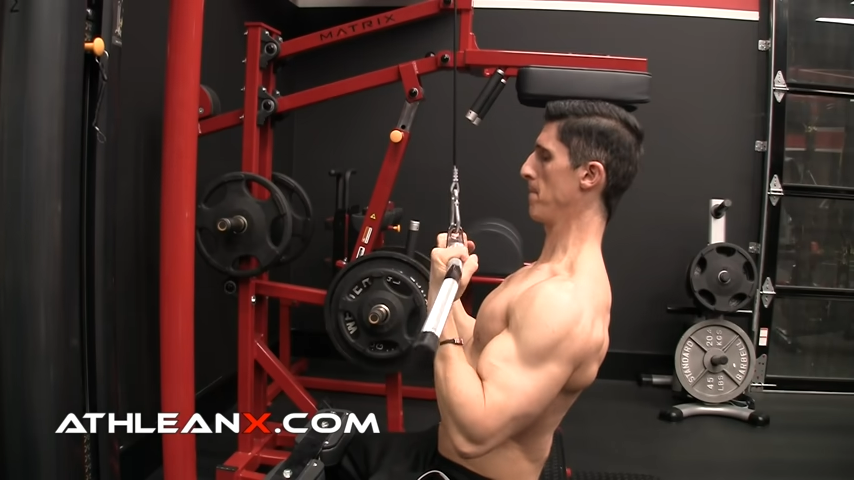
That’s not what we want, if we want to train the lats. We want to have extension. We want the arms to get back, behind the body. You can use the underhand grip, but make sure that you mix it up with the overhand grip.
LEANING BACK TO COMPENSATE FOR BAD FORM
Let me start by saying that leaning back during a lat pulldown isn’t necessarily a mistake or a problem.
The problem comes in when you are not leaning back with intention; rather, you are leaning back to make up for bad posture and exercise execution.

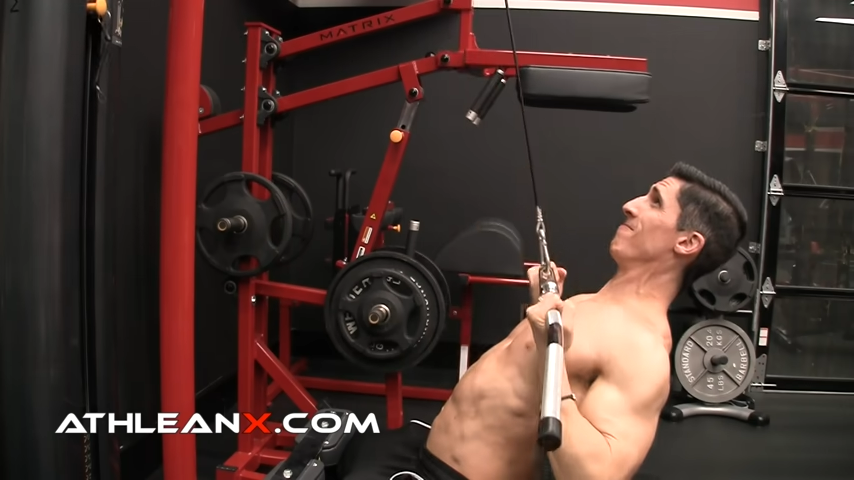
As I discussed above, when we lean back on the underhand or overhand grip Lat Pulldown, we start to involve a lot of the other muscles in the back.
Anything that we can do to squeeze our shoulder blades together is going to start involving multiple muscle groups and limiting the isolation on the lat muscles themselves.
A lot of people try to load up the cable pulley machine with weight and then lean back to offset some of that load while forcing other muscles to get involved. As I’ve said a thousand times before, it’s all about the quality of your reps.
I will always tell you to use light weight with correct form rather than perform heavy weight exercises with terrible form.
Having a slight lean is proper posture if your goal is to target the upper-to-mid back, but don’t use it as a way to move heavier loads than you can handle.
GOING BEHIND THE HEAD
Of all the Lat Pulldown variations, I’m not sure how this one is still around.
By performing a Behind the Head Lat Pulldown, you are putting your shoulder girdle into a troublesome position.

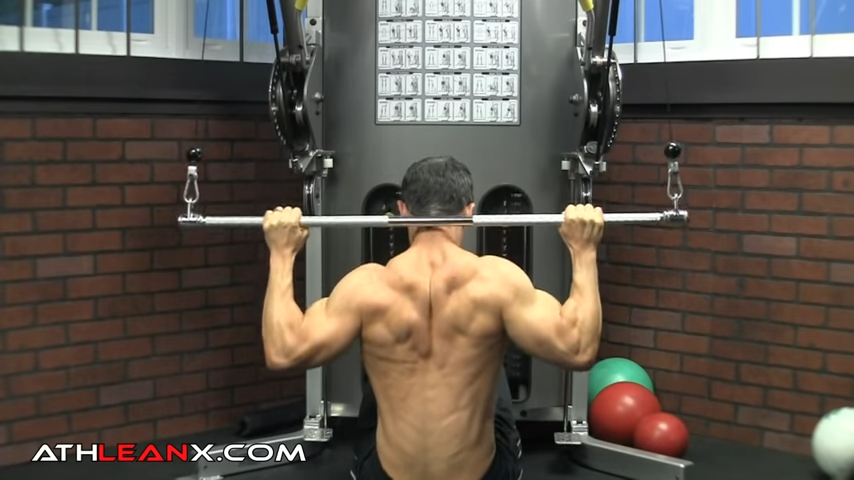
Remember we have a scapular plane, which is a little bit in front of our body, and our arms like to be elevated in this position.
Whether they’re going up or whether they’re coming down, they’re still moving in this joint and they’re moving the same way.
We want to try to get those arms in that position. Putting our arms way back behind our head to do a Lat Pulldown is directly going against what we’re recommending.
It’s also a great way to increase your risk for strain and injury in your shoulder joints especially if you already have shoulder impingement issues.
BEST VARIATIONS OF THE LAT PULLDOWN EXERCISE
You’re confident in your Lat Pulldown form and you even know which mistakes to avoid, but what happens if you get bored?
Are there different types of Lat Pulldown that you can throw into your upper body workouts?
I’ve got two types of Lat Pulldown alternative exercise options that I’d recommend incorporating into your workout routine once you master the traditional Lat Pulldown.
ROCKING LAT PULLDOWN

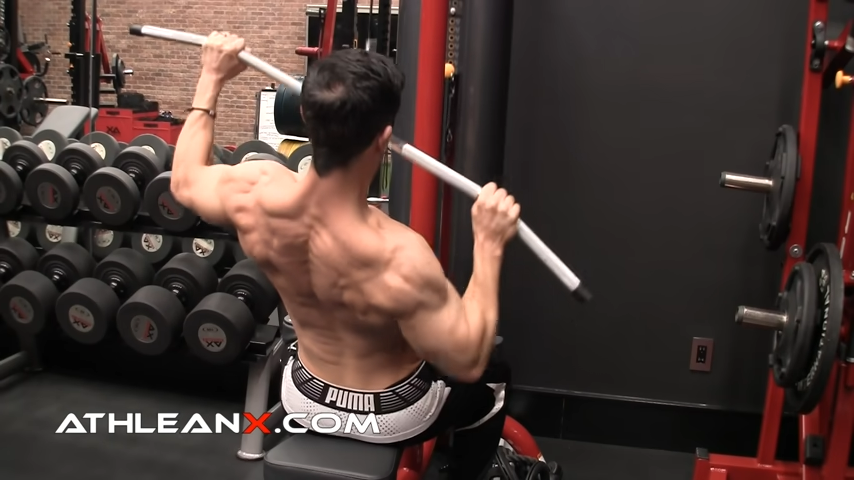
HOW TO DO THE ROCKING LAT PULLDOWN:
- Starting position is sitting on a flat bench grabbing on to the cable machine long bar.
- On the Rocking Lat Pulldown, you’re allowing yourself to do a vertical pull to get the benefits of the overhand, straight up and straight down adduction that is happening. Then as you near the bottom of the movement, you add the additional extension.
- Perform this important extension at the very end by stopping the bar at about forehead height, and then driving down one elbow to take over the rest of the load. The elbow comes down, continues to come down, but it rides back, behind your body before you slowly return to the initial position.
- Keep your abdominal muscles engaged throughout the movement pattern.
WHAT MAKES IT EFFECTIVE: You want to train your lats in as many key functions as they have. If your lats can extend, you want to extend. If your lats can adduct, you want to adduct. If your lats can extend and adduct, as you can see here, then this is an excellent substitute to do both.
SINGLE-ARM LAT PULLDOWN

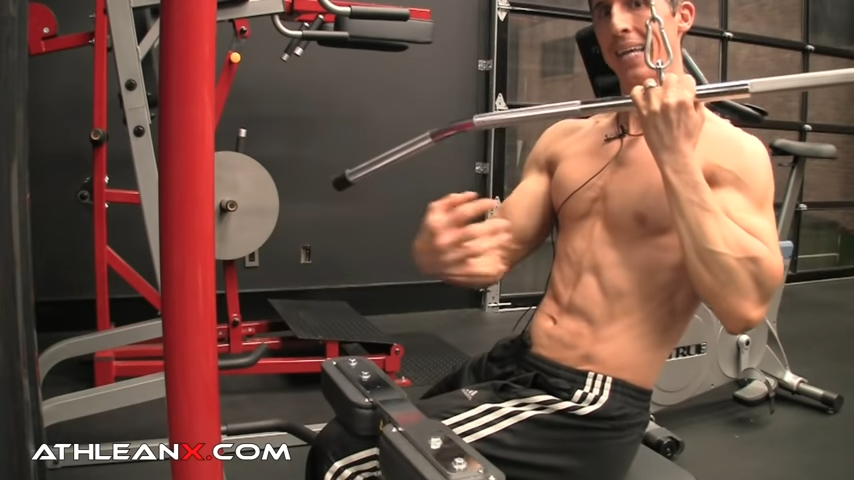
HOW TO DO THE SINGLE-ARM LAT PULLDOWN:
- We want to make sure we get a rotational stretch in during this unilateral exercise, and we want to make sure we get this frontal plane stretch, or the side bending component in there. We can do that by changing the way we sit at the machine. Adjust the seat height so that you can sit off to one side instead of straddling the machine.
- Let your left knee anchor into the knee pad. Using a single cable pulley machine handle, pull down and then at the bottom, rotate back in the opposite direction to get a stronger contraction of muscles of the lats.
- Keep your core muscles engaged during this excellent exercise.
WHAT MAKES IT EFFECTIVE: The One-Arm Pulldowns variation allows you to get more from the Lat Pulldown, especially if you’re someone that feels your biceps brachii muscle group fatigue much faster than your back when you’re doing the exercise. This fantastic exercise targets the lats and eliminates any muscle imbalances you may have.
WHAT’S THE BEST LAT PULLDOWN FOR YOU?
Guys, I just threw a lot of information at you, but the type of Lat Pulldown you decide to do really comes down to one question:
What is your fitness goal?
When you are more upright, your lat muscles are at a more advantageous position to do the work.
If you want to get more of the upper and mid back, you can lean backwards to engage the upper traps, rhomboids, and lower trapezius muscles.
And this brings us to an important related question: Which Lat Pulldown bar or cable pulley machine equipment should you use?
If you’re looking for lat development, you need an attachment that allows you to stay upright and pull down and through the head.
I believe you can do this optimally with the dual handle attachments because you can actually pull them right in line with your ears and keep them right down the midline of my body.
This is something I’m not going to be able to do with a traditional Lat Pulldown bar.
If we’re trying to work the upper or mid-back, you can use either the dual handles, rope, or straight bar attachment.
Guys, it always pays to learn and understand the anatomy of a muscle because that will help you optimize your exercise routines with dynamic exercises than align with both your goals and the function of the muscle.
When you can use basic anatomy to your advantage to make effective exercises even better, then I think we’ve gotten what we were shooting for in the first place. That is, a better fitness routine.
And speaking of training, what kind of upper body workouts are you doing? Are you looking for a new exercise program that is geared toward strength or maybe muscle gains? We’ve got you covered. Check out our ATHLEAN-X programs to see which is the best fit for your personal fitness goals and fitness level.
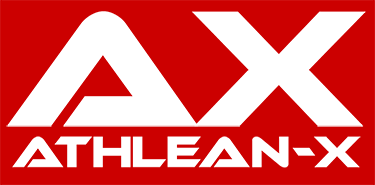
- The Lat Pulldown exercise is popular because it allows for a ton of variety in both how you perform it and what you use to do it.
- However, many people make the mistake of either leaning too far back or overusing one type of grip.
- If you want to target the lat muscles, you need to sit upright and pull the elbow joints into the ribs. The best way to do this is with dual handle attachments for the cable pulley machine.
- If your goal is to build up the upper-to-mid back, then you can use the same form but lean back as you pull the bar down.
- The Rocking Lat Pulldown allows you to take the lat muscles through most of the functions they are capable of.
- The Single-Arm Lat Pulldown allows you to secure your torso and then bend and contract the lats more than a traditional Lat Pulldown.
REFERENCES
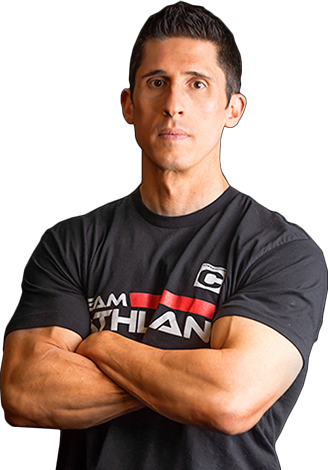
Jeff Cavaliere M.S.P.T, CSCS
Jeff Cavaliere is a Physical Therapist, Strength Coach and creator of the ATHLEAN-X Training Programs and ATHLEAN-Rx Supplements. He has a Masters in Physical Therapy (MSPT) and has worked as Head Physical Therapist for the New York Mets, as well as training many elite professional athletes in Major League Baseball, NFL, MMA and professional wrestling. His programs produce “next level” achievements in muscle size, strength and performance for professional athletes and anyone looking to build a muscular athletic physique.
